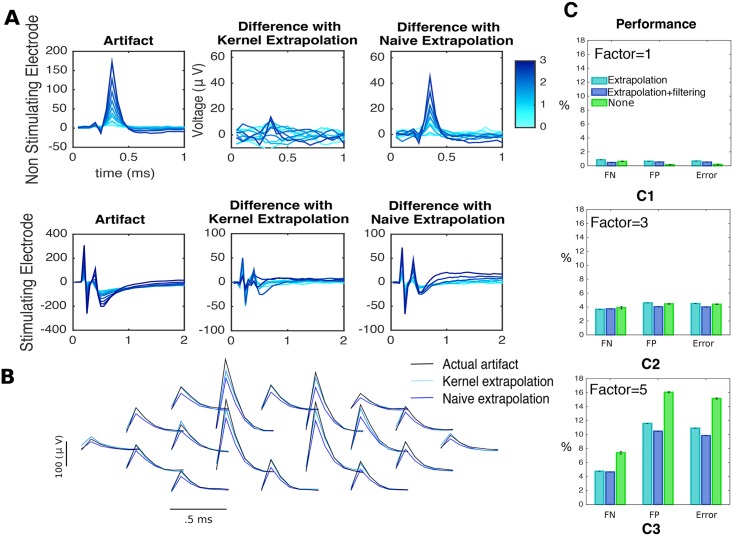Fig 8. Kernel-based extrapolation (Eq 11) leads to more accurate initial estimates of the artifact.
A comparison between kernel-based extrapolation and the naive estimator, the artifact at the previous amplitude of stimulation. For a non-stimulating (first row) and the stimulating (second row) electrode, left: artifacts at different stimulus strengths (shades of blue), center: differences with extrapolation estimator (Eq 11), right: differences with the naive estimator. B comparison between the true artifact (black), the naive estimator (blue) and the kernel-based estimator (light blue) for a fixed amplitude of stimulus (3.1μA) on a neighborhood of the stimulating electrode. C Through simulations we showed that extrapolation leads to improved results in a challenging situation. Kernel-based extrapolation was compared to naive extrapolation. C1 results in a less challenging situation. C2-C3 results in the case where the artifact is multiplied by a factor of 3 and 5, respectively.

